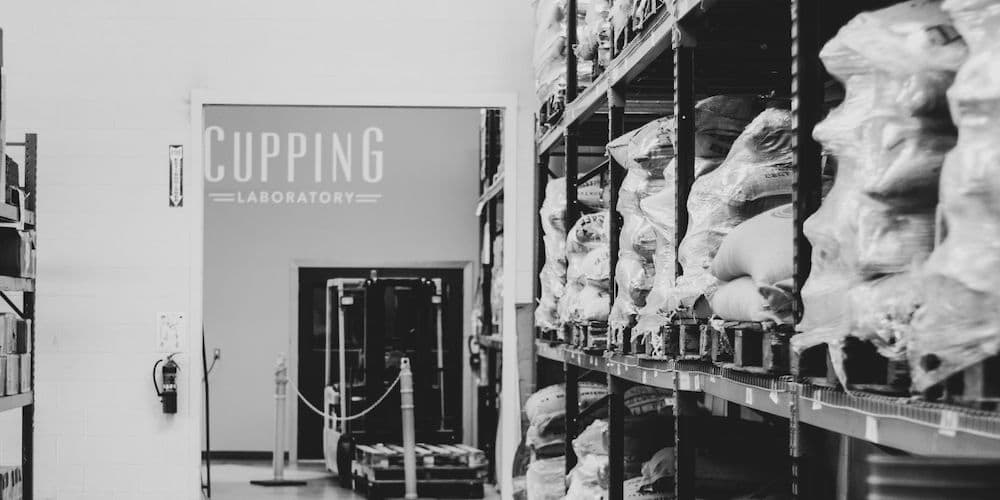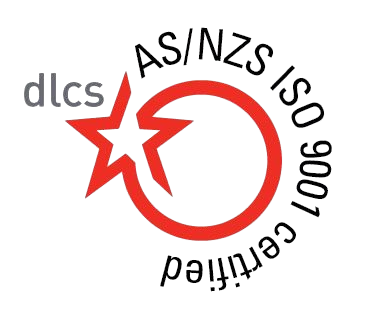Cleaning in ready-to-eat (RTE) food production facilities is a vital process that goes beyond keeping the space neat. It’s about ensuring food safety, maintaining high standards of hygiene, and complying with regulatory guidelines. The methods used to clean these environments are backed by scientific principles, primarily focusing on microbiology, chemistry, and engineering. Here’s an in-depth look at how these elements combine to maintain safe food production.
- Microbial Contamination
RTE food production areas are highly susceptible to contamination by harmful microorganisms like Listeria, Salmonella, and E. coli. These pathogens can spread quickly through moist, nutrient-rich environments, putting consumers at risk of foodborne illnesses. Effective cleaning practices are essential to prevent the growth and spread of these harmful microbes. Routine cleaning, when done properly, disrupts the microbial lifecycle, reducing the chances of contamination and the potential for product recalls. The role of cleaning is not just aesthetic but crucial for protecting public health.
- Biofilm Formation
One of the biggest challenges in food facility cleaning is the formation of biofilms. Biofilms are clusters of microorganisms that adhere to surfaces, forming a slimy layer that acts as a protective shield. These can develop on surfaces like conveyor belts, processing equipment, and even within pipes. Bacteria within biofilms are more resistant to cleaning agents and disinfectants, making them harder to remove. In many cases, traditional cleaning methods won’t be sufficient. Facilities need to deploy specialized cleaning strategies, such as high-pressure water systems, chemical agents, and enzymatic treatments, which help break down these biofilms and eliminate bacteria effectively. The challenge lies in targeting these hard-to-reach areas where biofilms thrive, ensuring all surfaces are disinfected.
- The Chemistry of Effective Cleaning
Food residues, including fats, oils, proteins, and starches, present unique challenges in food production facility cleaning. For instance, proteins can coagulate under heat, becoming stubborn and difficult to remove. Oils, on the other hand, are hydrophobic (repel water), making them resistant to water-based cleaning. Surfactants play a vital role in this process. These cleaning agents contain molecules that are hydrophilic (water-attracting) on one end and hydrophobic (oil-attracting) on the other. By breaking the bonds between fats and proteins, surfactants allow oils and other residues to be emulsified and washed away. This makes cleaning more effective and ensures a thorough cleanse of all surfaces, including equipment and utensils.
- Rotational Cleaning Schedules
To enhance the effectiveness of cleaning and prevent microorganisms from developing resistance, many food production facilities implement rotational cleaning schedules. This involves alternating the cleaning chemicals and methods used, ensuring that no single treatment becomes ineffective over time. This technique is critical for preventing microbial resistance, a growing concern in food safety. It helps maintain the potency of cleaning agents and ensures that microorganisms, including potential pathogens, don’t adapt to the chemicals used. Rotational cleaning ensures that every part of the production facility is thoroughly cleaned, reducing the risk of contamination and increasing the safety of food products.
- Data-Driven Hygiene
Modern cleaning protocols in RTE food facilities rely on data-driven hygiene strategies. Microbiological sampling, swabbing, and testing are performed regularly to assess the cleanliness of surfaces. These tests help identify areas that may require more intensive cleaning or areas that may have been missed in routine procedures. By using data to target cleaning efforts, food facilities can optimize their resources, focusing on high-risk zones that pose the greatest threat of contamination. This data-driven approach ensures that cleaning is both thorough and efficient, improving overall hygiene without wasting resources on areas that are already safe.
In conclusion, cleaning in ready-to-eat food production facilities is not just about keeping the area neat and tidy—it’s a science-driven process that involves a deep understanding of microbiology, chemistry, and hygiene protocols. These cleaning practices are essential for ensuring the safety of the food produced, protecting consumers from harmful pathogens, and maintaining compliance with food safety regulations. By using specialized techniques, data-driven strategies, and effective cleaning agents, food production facilities can create environments that are not only clean but also safe for food production.







